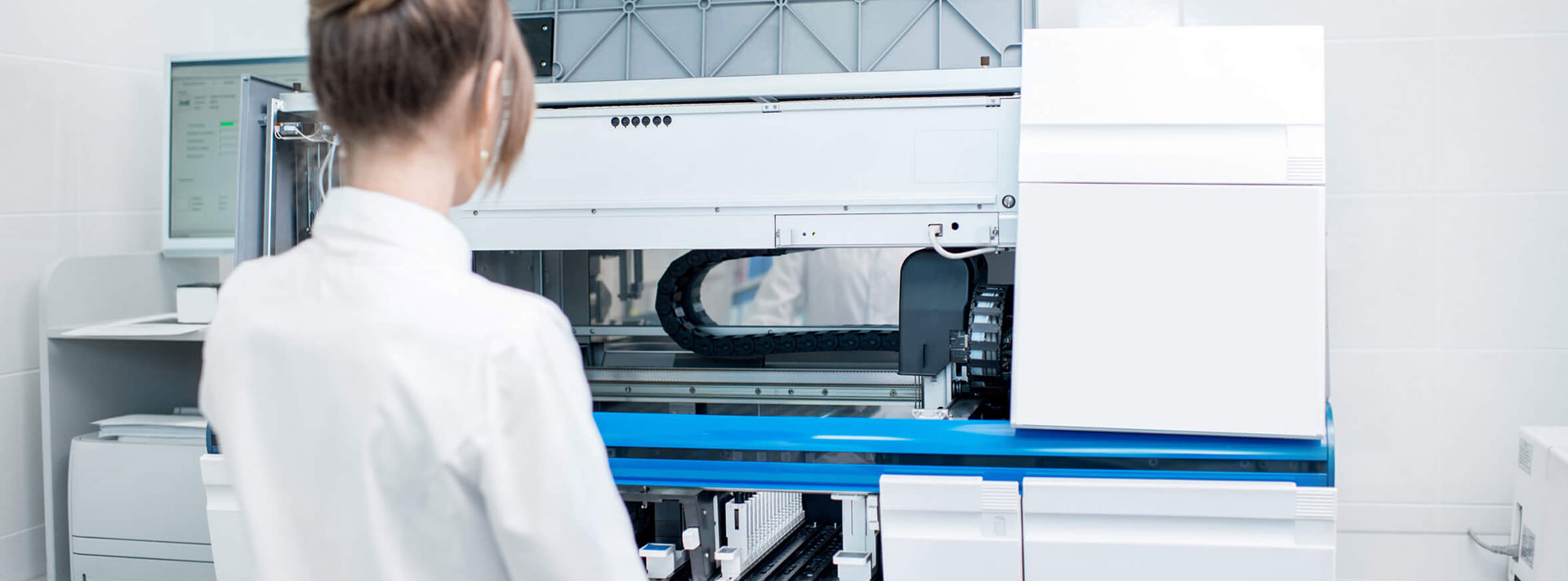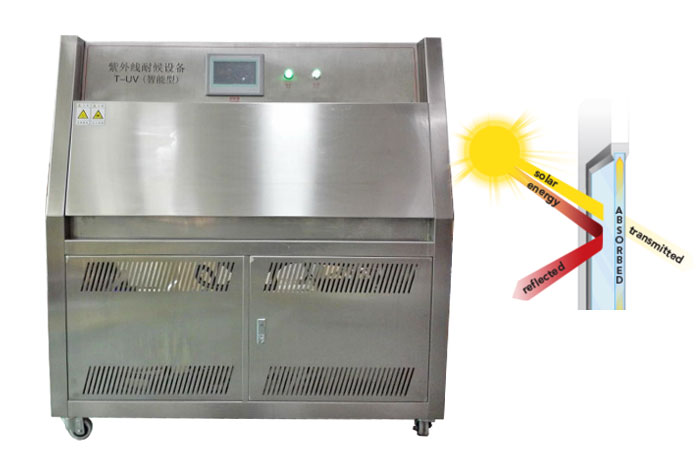




UV radiation is absorbed by the substance it interacts with. It therefore has a limited penetration depth to the materials. It also causes damage to the material surface over time, such as brittleness or cracks. This significantly affects the mechanical stability of machinery and equipment. Today, different UV sources are used in laboratory conditions to simulate the effects of UV light exposure for many years. However, these sources need to be carefully selected according to the material and the problem being addressed.

Accelerated aging tests are also applied to determine the shelf life of foodstuffs. These tests demonstrate how environmental conditions, such as temperature, humidity and light, will affect the life and integrity of the product. UV aging tests determine the extent to which the packaging will protect a perishable product. Food packaging materials must be insulated from high temperature and humidity, and the food products in them must not be damaged.
Accelerated aging tests are also used by medical device manufacturers. In these tests, important data are obtained to estimate the useful life of a product under normal conditions of use. The main standard in this respect is the ASTM F 1980 standard developed by ASTM (American Materials Testing Association).
UV aging test methods are applied to determine the results of effects such as temperature, humidity, exposure to UV rays in the laboratory environment. UV aging testers simulate environmental conditions.
The following are a few standards that are based on UV aging tests by competent authorities:
TS EN ISO 11985 Optics - Eye - Contact lenses - Aging by exposure to UV and visible radiation (in vitro method)
TS EN 1903 Adhesives - Test methods for adhesives for plastics or rubber, floor or wall coverings - Determination of dimensional changes after accelerated aging
TS EN 1297 Flexible sheets - For waterproofing - Bitumen, plastic and rubber sheets for roof waterproofing - Artificial aging methods with long-term exposure to a combination of UV radiation, high temperature and water
The application is received, the contract and then the product, vehicle and vehicles for which, what kind of service is determined exactly.
The necessary laboratory environment is prepared and the products, tools and instruments requested by the organization are tested by experts with the reference of the existing standards and measurements are made.
The data obtained as a result of meticulously completed tests, measurements and analyzes are evaluated and accredited approved reports are submitted by expert engineers.
To get an appointment, to get more detailed information or to request an evaluation, you can ask us to fill in our form and reach you.